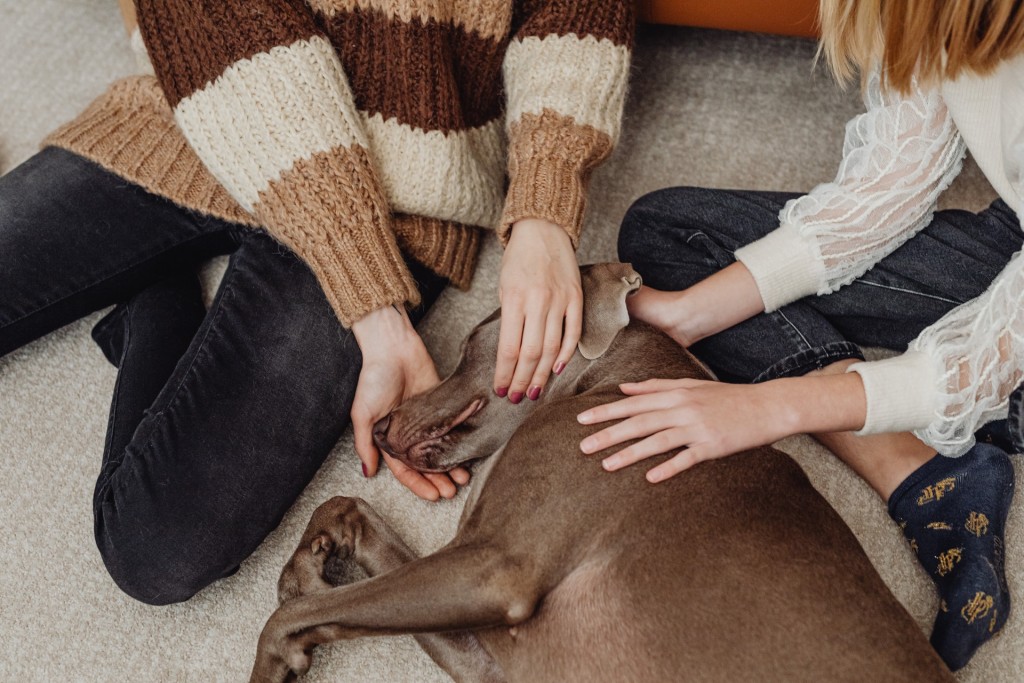A therapy dog is a type of working animal that visits people that are under physical, emotional, and mental stress to provide relief. They are different from emotional support animals in which ESAs mostly accompany one human and don’t assist disabled people with their daily life just as service animals do.
Not every dog can become a therapy animal. Certain criteria must be met and the dog must undergo training before it can be considered one. If you’re planning to make your dog or puppy do therapy work, you can use this list as a starting guide for training.
1. Teach them basic obedience
Dogs of all ages are playful. Which is why they should undergo basic obedience training when they’re still puppies. Adult dogs can be taught as well but they may find it hard to be obedient if their temperament has solidified. The only exception are dogs who are already submissive by nature
2. Teach them to be friendly, affectionate, and calm towards strangers
After your dog is trained to behave when you need them to, follow it up by teaching them to be open to strangers. Again, this should be done when the dog is still young or a puppy. Expose your dog to other people with different attributes.
They must learn to trust the presence of young, adult, elderly, with hair, bald, cleanly-shaved, bearded, tall, or short men and women. It would be difficult for guard dogs to be therapy dogs due to their protective nature.
If you’re training an aggressive animal for therapy work, it might take a long time or the pup will probably not become a certified therapy dog.
3. Teach them to ignore distractions
Noises, food, visual cues, and other animals are common causes of distraction among dogs. A canine that isn’t trained to ignore distractions is prone to jumping off or running away from a person in need of therapy once they see, smell, or hear something off. Make sure that your dog is trained to focus on the present and shrug off any kind of interfering stimuli.
4. Teach them to allow touching
It’s part of a therapy dog’s job to be touched in order for the person in their care to feel relief. This is one of the make or break points before a canine can be certified for therapy work because not all dogs like physical contact. Some might even react aggressively at the slightest touch. Training your dog to allow touching can be done together with teaching them to be open to strangers.
5. Teach them environmental stability
Since therapy dogs will visit a lot of places as a part of their work, it’s essential to train them not to fear or react badly to new environments. As early as now, make your dog accustomed to going to different locations other than your home or places you both frequent for walks.
Remember that the younger you start training your dog, the easier it is for them to learn what it takes to be a therapy animal. And older dogs that undergo therapy animal training have a low chance of being certified.
Read more articles for pet, therapy, emotional support, and service animals here!
- 6 Rules of Etiquette When Being Around Service Animals
- 7 Top Tips for Responsible Pet and Assistance Animal Ownership
- 8 Care Tips for Your Companion and Assistance Animal According to Veterinarians
- 9 Mental Health Benefits of Having an Emotional Support Animal
- The Best Grooming Practices to Prepare Your Therapy Pet for Their Next Visit
Do you own an assistance animal? Register your pet today.
The Service Animal Registry of California invites you to have your assistance animal registered in order to designate its status. We also encourage you to take our online classes so you can be fully aware of your rights and gain more knowledge about your support animal.
Finally, we present to you our book entitled, “ASSISTANCE ANIMAL LAWS: LEARN YOUR RIGHTS REGARDING SERVICE ANIMALS, EMOTIONAL SUPPORT ANIMALS, THERAPY PETS, AND OTHER DOGS, CATS, AND ASSISTANCE ANIMALS” to provide you with a complete education on assistance animals. Purchase your copy of the book by clicking the image below. 




